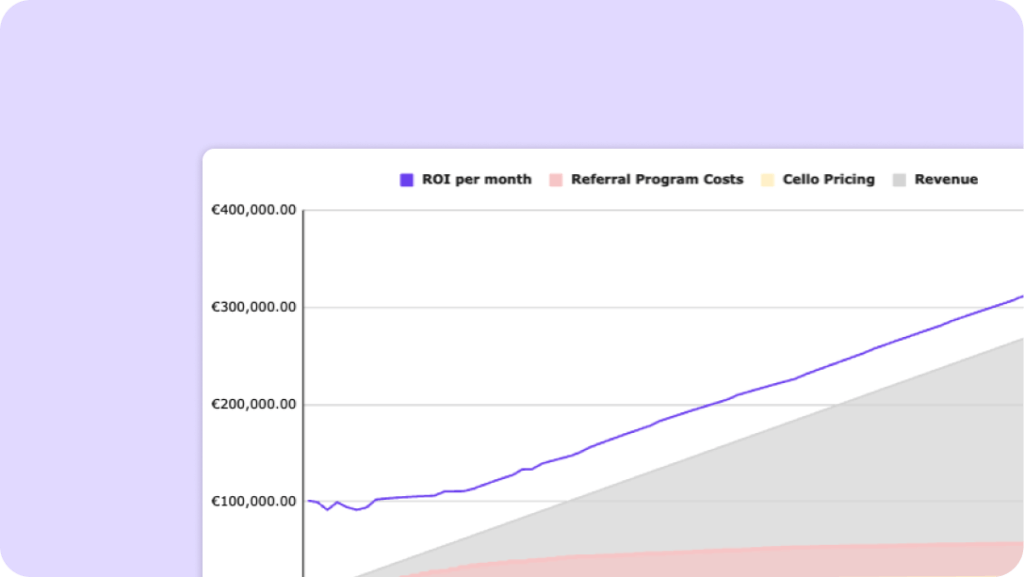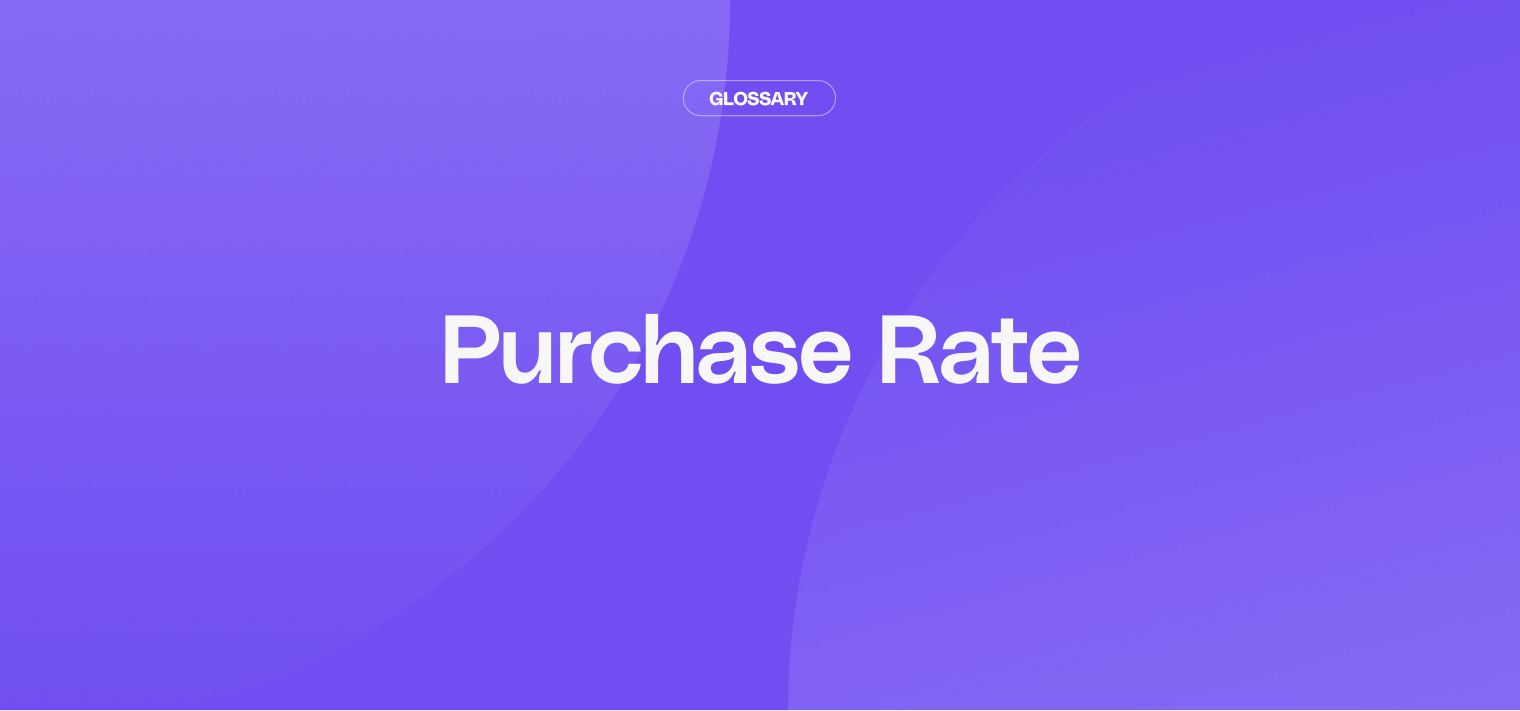The purchase rate is a crucial metric that businesses use to measure the success of their sales efforts. Understanding and improving this metric can significantly impact a company's revenue and profitability.
In this article, we will delve into the basics of the purchase rate, its significance in business, factors influencing it, calculation methods, and its relation to consumer behavior.
We will also explore strategies that businesses can employ to enhance their purchase rate and achieve sustainable growth.
| Key Element | Description | Tips for Optimization |
|---|---|---|
| Understanding Purchase Rate | The percentage of potential customers who buy within a specific timeframe, measuring sales effectiveness. | Regularly review and refine sales and marketing strategies to improve conversion. |
| Factors Influencing Purchase Rate | Includes product quality, pricing, customer service, and market competition. | Analyze and address these factors through quality improvement, competitive pricing, exceptional service, and unique value propositions. |
| Calculation | Divide the number of actual customers by total potential customers, multiplied by 100 for the percentage. | Ensure accurate data collection and consider segmenting your audience for more detailed insights. |
| Improvement Strategies | Includes targeted marketing, customer satisfaction enhancement, and strategic pricing. | Employ A/B testing for marketing, prioritize customer feedback, and test different pricing strategies to find what maximizes conversion. |
| The Role in Consumer Behavior | Reflects and influences consumer trends and preferences. | Use consumer behavior analysis to adapt product offerings and marketing messages, aligning with current trends and customer needs. |
Understanding the basics of purchase rate
Before we dive into the intricacies, let's start by defining what it actually means.
This metric refers to the percentage of potential customers who make a purchase from a particular business or brand within a given period of time.
It measures the effectiveness of a company in converting prospects into paying customers.
Now, let's explore the importance of this metric in business.
Definition of purchase rate
The purchase rate measures the percentage of potential customers who buy from a business within a specific timeframe, serving as a key indicator of a company's ability to turn prospects into buyers. It offers insights into the success of marketing, product quality, pricing, and customer service efforts.
A high rate of purchases signals effective customer attraction and satisfaction, leading to increased revenue and growth, while a low rate may point to deficiencies in marketing, product offerings, or pricing, highlighting areas needing improvement.
Crucially, the purchase rate helps assess both the effectiveness of specific campaigns and the overall business performance over time, guiding strategic adjustments to enhance customer conversion.
Understanding and tracking this metric enables businesses to refine their marketing strategies, improve product and service offerings, and ultimately boost customer experience and revenue.
Factors influencing purchase rate
Several key factors influence the this metric. By understanding and addressing these factors, businesses can significantly improve their conversion rates and overall sales performance.
1) Product quality and pricing
The quality of a product and its perceived value in relation to its price play a crucial role in determining the purchase rate. Customers are more likely to make a purchase if they believe that the product meets their needs and offers good value for their money.
Businesses must focus on delivering high-quality products that align with customer expectations while maintaining competitive pricing strategies.
2) Customer service and experience
Customer service and experience heavily influence the rate. Customers prefer businesses that provide excellent customer support and ensure a positive shopping experience.
By offering prompt and friendly assistance, addressing customer concerns, and optimizing the overall shopping experience, businesses can enhance their ratio of transactions and build customer loyalty.
3) Market competition
The level of competition in the market can impact the rate. A highly competitive market may require businesses to differentiate themselves and provide unique selling propositions to attract and retain customers.
By evaluating the competitive landscape and understanding customer preferences, businesses can identify opportunities to stand out and increase their rate of purchases.
| Factor | Description | Impact on Purchase Rate |
|---|---|---|
| Product Quality | The perceived value and functionality of the product. | High-quality products increase customer satisfaction and purchase likelihood. |
| Pricing | How the product's price compares to its value and competitors. | Competitive pricing can attract more customers and improve the purchase rate. |
| Customer Service | The support and assistance provided to customers. | Excellent customer service enhances customer loyalty and increases purchases. |
| Market Competition | The number and quality of alternatives available to consumers. | A unique value proposition can set a business apart and boost its purchase rate. |
Calculating purchase rate
Calculating the rate accurately is essential for businesses to assess their performance and make informed decisions to drive growth. Let's explore the step-by-step process of calculating this metric.
Step-by-Step guide
- Determine the total number of potential customers within the defined time period.
- Identify the number of actual customers who made a purchase within the same time period.
- Divide the number of actual customers by the total number of potential customers and multiply by 100 to get the purchase rate percentage.

Common mistakes
While calculating the rate, businesses should be aware of common mistakes that can lead to inaccurate results.
Some of these mistakes include failing to account for all potential customers, using incorrect time periods, or miscalculating the actual customer count. It is crucial to double-check the data and calculations to ensure accuracy.
The role in consumer behavior
Consumer behavior plays a significant role in shaping the purchase rate, and businesses must understand its dynamics to effectively target their audience and drive conversions.
How purchase rate reflects consumer trends
The rate provides valuable insights into consumer trends and preferences. By analyzing the purchase rate across different demographic segments, businesses can identify patterns, understand customer behavior, and adjust their marketing strategies accordingly.
This data helps in tailoring products, messages, and channels to maximize customer engagement and sales.
Impact of consumer behavior on purchase rate
Consumer behavior, including factors like motivation, perception, and decision-making processes, directly affects this metric. Businesses must anticipate and respond to customer needs and expectations to increase their rate of purchases.
By conducting market research, leveraging customer feedback, and staying updated with current trends, businesses can adapt their strategies and offerings to align with consumer behavior and drive higher conversion rates.
Strategies to improve this metric
Boosting the rate of purchases requires a comprehensive approach that enhances various aspects of the business. Let's explore some effective strategies that businesses can employ to improve their rate.
Effective marketing techniques
Implementing targeted and persuasive marketing techniques can significantly improve the rate. Businesses should invest in market research to understand their target audience's preferences, pain points, and motivations.
By leveraging this knowledge, they can create compelling marketing campaigns that resonate with their audience, drive awareness, and ultimately boost sales.
Enhancing customer satisfaction
Customer satisfaction is paramount for increasing the purchase rate. Businesses must prioritize providing exceptional customer service, addressing queries and concerns promptly, and ensuring a seamless shopping experience.
By focusing on customer satisfaction, businesses can build trust, encourage positive word-of-mouth, and foster repeat purchases.
Pricing strategies to boost purchase rate
Pricing plays a critical role in influencing the purchase rate. Offering competitive pricing, discounts, or limited-time promotions can entice potential customers to make a purchase. Additionally, implementing pricing strategies such as bundle offers, upselling, or cross-selling can effectively increase the average order value and overall rate of purchases.
In conclusion, it is an essential metric that can make or break a business's success. By understanding the basics of the purchase rate, considering the factors that influence it, accurately calculating it, and aligning strategies with consumer behavior, businesses can improve their rate and achieve sustainable growth.
By implementing effective marketing techniques, enhancing customer satisfaction, and employing pricing strategies, businesses can maximize their conversion rates, drive profits, and build strong customer relationships.
Unlock your SaaS product's potential with Cello
Maximizing your purchase rate is just the beginning. To understand what a good purchase rate looks like you can check out our ROI Referral Calculator and learn more about referral purchase rate specifics in our KPI and Benchmark collection.
Want to get started with referrals right away to boost purchase rates? Book a demo today and start turning your users into your most valuable growth channel.
Resources
Related Articles

B2B Referral Program KPIs (2023)
Dive into the world of B2B referral program KPIs & benchmarks. Explore successful program ...

PLG SaaS Referral ROI Calculator
Learn how to estimate and prove the ROI of your PLG Referral Program

What are KPIs?
Learn all about Key Performance Indicators (KPIs) and their significance in measuring business ...

